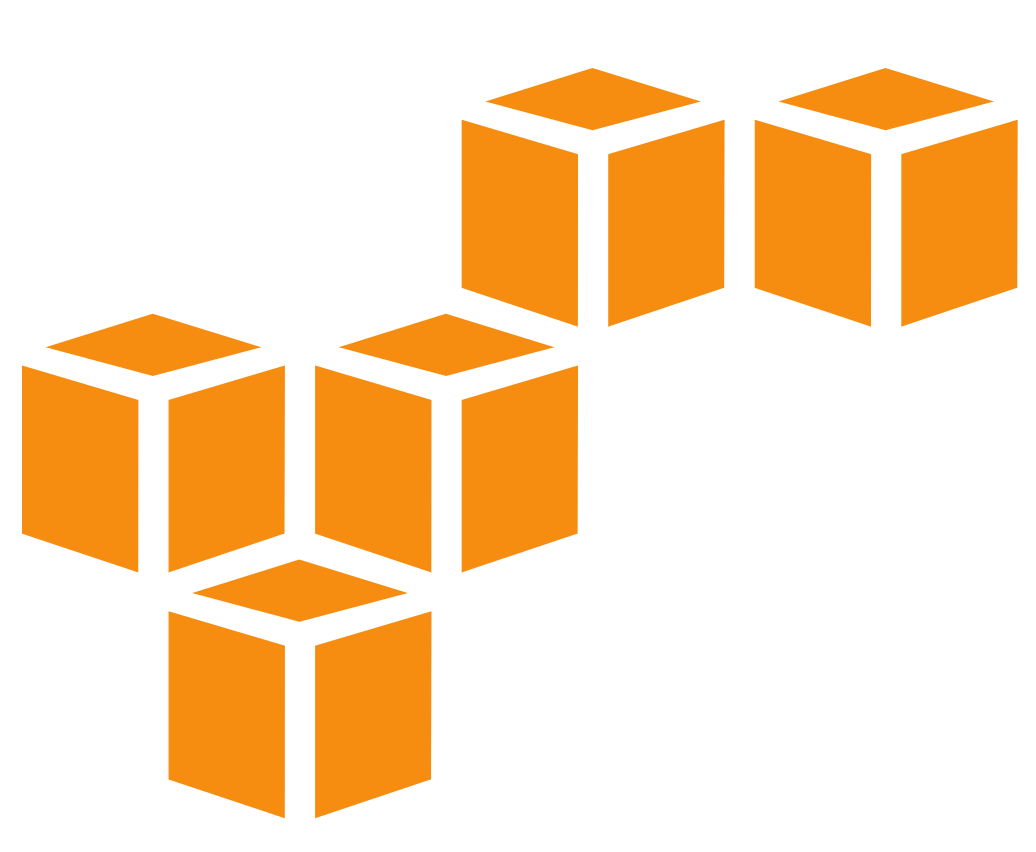- Efficient Resource Allocation: A pandemic management system enables optimized allocation of resources, including medical supplies, personnel, and healthcare facilities. By leveraging data and analytics, the system ensures that resources are distributed based on real-time needs, minimizing shortages and optimizing response efforts.
- Streamlined Communication and Collaboration: Effective communication is critical during a pandemic. A robust management system facilitates seamless communication and collaboration among stakeholders, including government agencies, healthcare providers, and the public. This enhances coordination, enables timely information sharing, and ensures consistent messaging.
- Early Detection and Rapid Response: A pandemic management system incorporates robust surveillance mechanisms, allowing for the early detection of potential outbreaks. This enables prompt response activities, such as testing, contact tracing, and targeted interventions, helping to prevent further transmission and contain the spread of the disease.
- Data-Driven Decision-Making: A pandemic management system empowers decision-makers with actionable insights by leveraging data analytics and modeling capabilities. Real-time data on disease patterns, hospital capacities, and intervention effectiveness enables evidence-based decision-making, leading to more effective and targeted response strategies.
- Enhanced Public Health Interventions: A well-implemented management system supports the implementation of targeted public health interventions. These can include vaccination campaigns, community education programs, and preventive measures. By aligning interventions with specific needs and population segments, the system maximizes the impact of public health efforts.
- Scalability and Flexibility: A pandemic management system is designed to be scalable and adaptable to changing circumstances. It can handle fluctuations in the disease trajectory, accommodate evolving healthcare needs, and adjust response strategies accordingly. This scalability ensures that the system remains effective throughout the various stages of a pandemic.
- Continuity Planning and Preparedness: A comprehensive pandemic management system emphasizes continuity planning, ensuring that essential services and critical infrastructure remain operational during a crisis. By proactively identifying potential disruptions and implementing contingency measures, the system enhances overall preparedness for future pandemics.
- Stakeholder Engagement and Empowerment: The involvement of stakeholders, including healthcare professionals, community leaders, and the public, is essential in managing a pandemic effectively. A well-designed management system promotes stakeholder engagement, empowering individuals and organizations to contribute to the response efforts and fostering a sense of collective responsibility.
Here are some key points highlighting our solution's customization capabilities:
- Flexible Configuration: Our pandemic management solution offers flexible configuration options, allowing users to customize various parameters and settings. This includes defining data collection criteria, adjusting risk assessment algorithms, setting notification rules, and tailoring intervention strategies. These configurations ensure that the solution aligns with specific requirements and workflows.
- Modular Design: Our solution is built with a modular design, which enables customization by adding or removing modules based on specific needs. This modular approach allows organizations to select the required functionalities and integrate them seamlessly into their existing systems or workflows. It ensures that the solution is scalable and adaptable to evolving requirements.
- Custom Reporting and Analytics: We provide customizable reporting and analytics features within our pandemic management solution. Users can define metrics, generate custom reports, and visualize data in preferred formats. This empowers organizations to extract meaningful insights and track key performance indicators relevant to their requirements.
- Integration Capabilities: Our solution is designed to integrate with existing systems and databases, such as electronic health records, laboratory information systems, or communication platforms. We offer APIs and other integration mechanisms to facilitate seamless data exchange and interoperability. This allows organizations to leverage their existing infrastructure and ensure a unified approach to pandemic management.
- Regulatory Compliance: We understand that regulations and guidelines related to pandemics may vary across regions. Our pandemic management solution can be customized to adhere to local regulations, ensuring compliance and seamless integration into existing governance structures. This customization capability helps organizations navigate specific regulatory requirements while maintaining an effective management system.
- User Interface Customization: The user interface of our solution can be customized to match the unique workflows and roles within an organization. Users can personalize data entry forms, dashboard layouts, and user permissions based on their specific requirements. This customization enhances usability, promotes user adoption, and streamlines operations.
- Ongoing Support and Upgrades: We provide ongoing support and offer regular upgrades to our pandemic management solution. As requirements evolve and new challenges emerge, our team works closely with clients to understand their changing needs and incorporate new features or functionalities into the solution. This ensures that the customized solution remains effective and up-to-date.
- Requirement Gathering: We start by conducting in-depth discussions and workshops with our clients to understand their needs and requirements. We collaborate closely with stakeholders, including healthcare professionals, government agencies, and relevant organizations, to gather comprehensive insights into their challenges and objectives.
- Planning and Strategy: We develop a detailed project plan and strategy based on the gathered requirements. This includes defining project goals, scope, timelines, and resource allocation. We also identify key milestones and deliverables, ensuring transparency and effective project management throughout the development process.
- System Design: Our experienced team of designers and architects then work on the system design phase. This involves creating the overall architecture, data models, user interface wireframes, and system workflows. We focus on designing an intuitive and user-friendly interface that meets the specific requirements of our clients and end-users.
- Iterative Development: We follow an iterative development approach to ensure continuous improvement and incorporation of feedback. Our development team works incrementally in sprints to build the solution, regularly engaging with stakeholders for feedback and validation. This iterative process allows for the early identification of potential issues and ensures that the solution aligns with the project's evolving needs.
- Testing and Quality Assurance: Our rigorous testing and quality assurance process is critical to our development process. We conduct comprehensive functionality analysis, performance testing, and security testing to identify and resolve any issues or vulnerabilities. This ensures the solution is robust, reliable, and meets the highest quality standards.
- Deployment and Integration: Once the solution development and testing phases are complete, we proceed with the deployment and integration stage. Our team collaborates closely with the client's IT department to seamlessly integrate the pandemic management solution into their existing infrastructure. We ensure smooth data migration, system configuration, and compatibility with relevant systems and databases.
- Training and User Adoption: We provide comprehensive training and support to ensure successful user adoption of the pandemic management solution. Our team conducts training sessions for administrators, end-users, and other relevant stakeholders. We also provide detailed documentation and ongoing support to address any questions or concerns that may arise.
- Maintenance and Upgrades: Our commitment to our clients extends beyond the initial deployment. We offer maintenance and support services to ensure the smooth operation of the pandemic management solution. We proactively address any issues, provide regular updates and upgrades, and adapt the solution as new requirements or technologies emerge.
The cost of developing a customized pandemic management system can vary depending on several factors specific to the project. These factors include the complexity of the solution, the level of customization required to meet the organization's unique needs, the scale and quality of the data involved, the sophistication of the AI algorithms utilized, and the extent of integration with existing systems. Other factors that contribute to the overall cost include development time, the development team's expertise, rigorous testing procedures, and ongoing support and maintenance requirements. Given each project's individual nature, engaging in detailed discussions with our development team is highly recommended. This allows you to comprehensively understand the requirements and resources needed to build the pandemic management system.
The timeline for developing a pandemic management system can vary based on several factors specific to the project. These factors include the complexity of the solution, the extent of customization required, the size and quality of the dataset, the level of integration with existing systems, and the specific functionalities and capabilities needed. Building a robust solution involves various stages, including requirement gathering, data collection and preparation, system design and development, customization, deployment, and rigorous testing. The duration of each stage is influenced by the unique requirements of the project and the availability of resources. Connect with our experienced team to obtain a more accurate estimation of the development timeline tailored to your specific needs.









